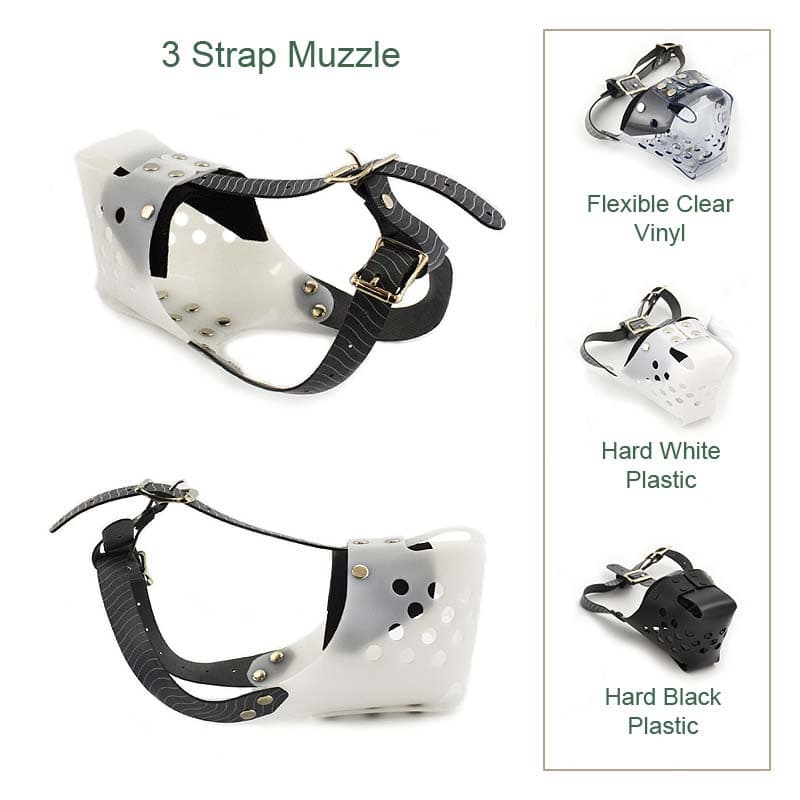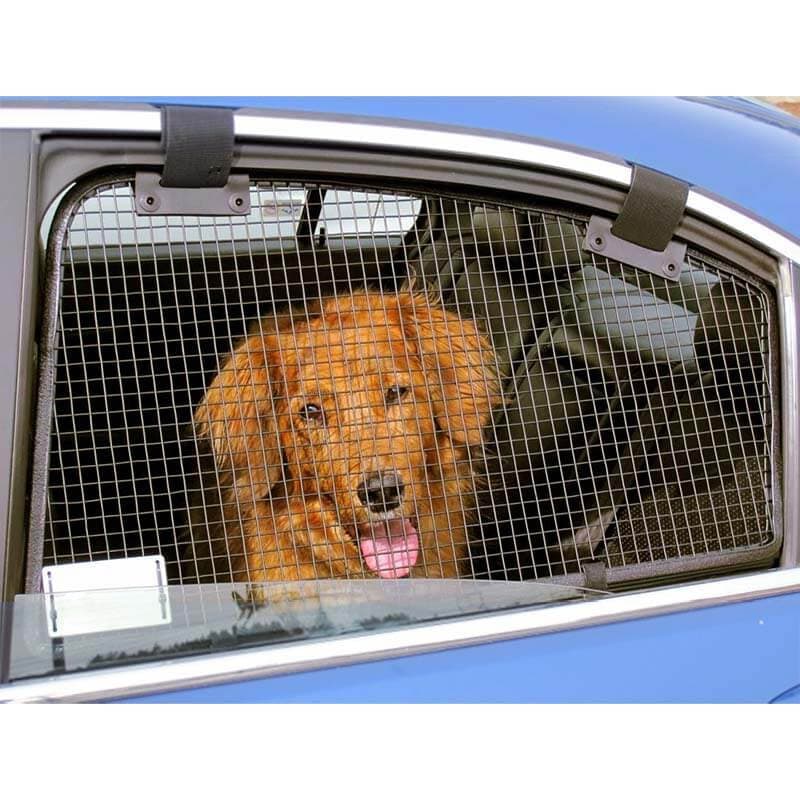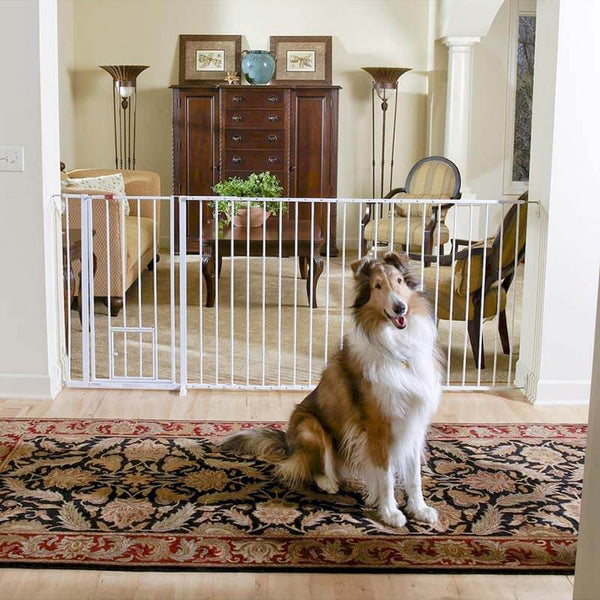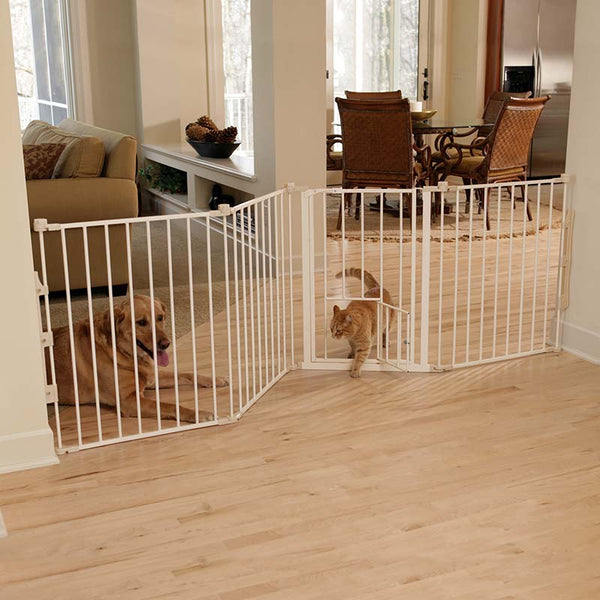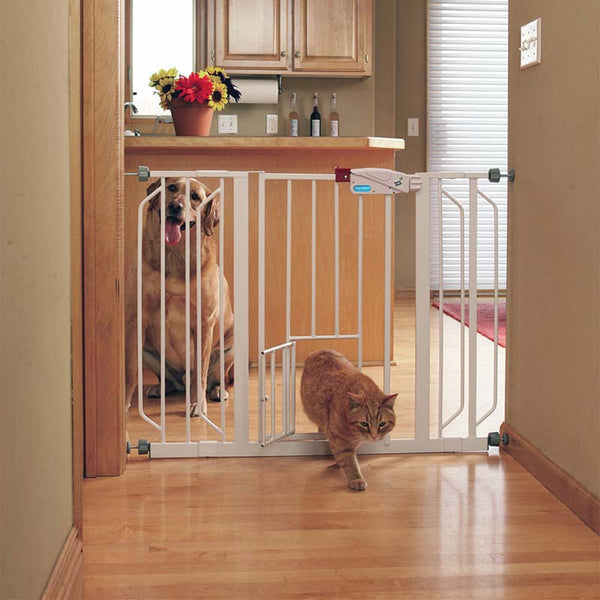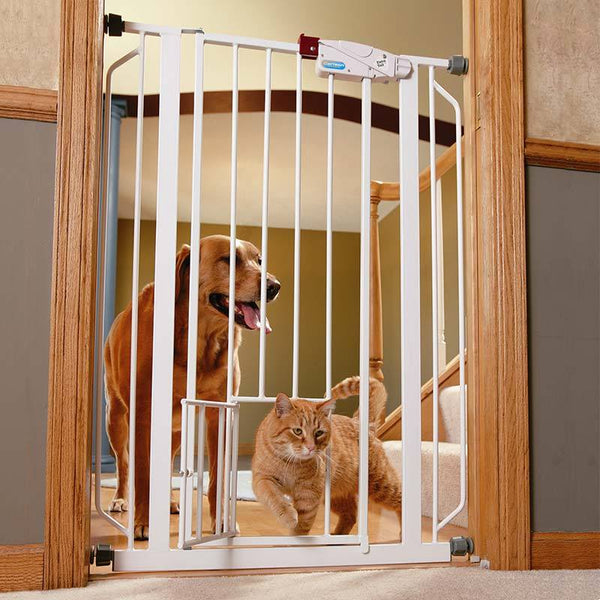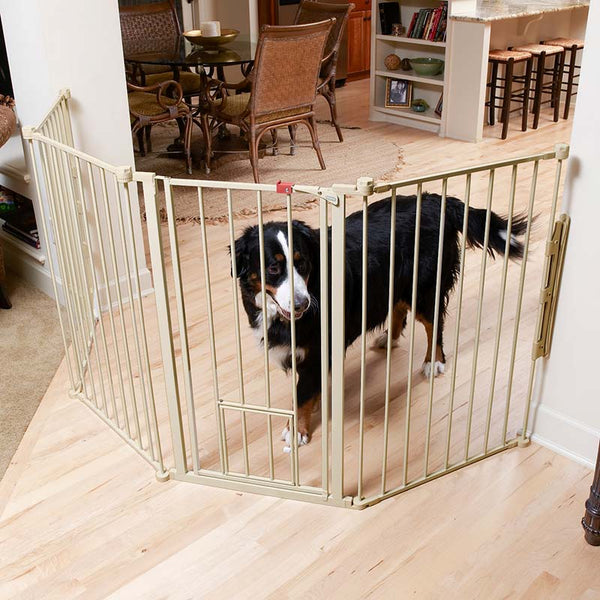Should You Use an Invisible Fence?


What is Shock Training?
Shock training in dogs is generally applied in two ways: as an "invisible fence", where a dog receives a light shock of electricity if they cross an invisible boundary, or by a "remote trainer", where the trainer uses a remote control to send a light zap of electricity through the dog's collar. In this installment, I will discuss the controversial shock fence and tackle the remote shock collar next.
Why Invisible Fences?
Dog-owners tend to like invisible fence training because they are relatively cheap and easy to install. These electronic fences do not work to contain all dogs. Some dogs are too pain-resistant or too motivated to get out of their yards. On the other hand, for many dogs, the use of an invisible fence is a very effective way to keep them contained. Undoubtedly, many lives have been saved by these devices because they keep dogs from running out into the street and being hit by cars.

Problems with Invisible Fencing
However, there are also significant potential problems with using dog shock fences. A big one is that while your dog may be prevented from leaving your yard, other animals will not be prevented from entering it. Think about how that might make your dog feel if the invading animal was a threat — unsafe, even scared. Your dog might start to spend all their time scanning the environment for danger. This could promote aggression; in fact, aggression could be promoted very quickly even by a friendly dog or person on the other side of the invisible fence. Here's the sequence:
- A friendly child passing by on the sidewalk says, "Hi, Doggie!"
- Your dog approaches to investigate the child and is shocked by its collar as it approaches the invisible boundary.
- Your dog associates the pain with that particular child, or maybe with all children.
- Next time a child walks down the sidewalk on her way to school, or up your front walk with her parents for a visit, your dog attempts to avoid the pain it has come to associate with children by exhibiting aggressive behavior such as growling, lunging, snapping, or biting so that the child will stop approaching.

This is not far-fetched. This commonly happens, although it is usually not recognized that the shock from the invisible fence (which likely went unobserved, while you were away and your dog was in the yard) was the cause. The dog is simply deemed aggressive, end of story… and end of dog, usually.
Personally, I have never used invisible fence training, but I have used an electric wire along the top of a fence that was just high enough to contain a dog that jumped. I received mixed results. I was extremely happy when the dog jumped the fence and received a shock mid-air. She tried it a second time, then never again. It likely saved her life, similar to an invisible fence, as we live along an active roadway.
Accidental Shocks
On the other hand, another of my dogs inadvertently received a shock when jumping up on the dog shock fence to greet a new visitor. The dog became extremely aggressive toward the visitor, who was an arriving houseguest. The dog also reacted violently to the presence of the guitar which the guest had been carrying. After a solid week of work to counter-condition the dog to the guitar, he finally accepted that it was not dangerous. However, he remained aggressive towards my houseguest, whom I finally had to ask to leave earlier than planned. Imagine what a predicament I would have been in if this man had been a new boyfriend instead of a short-term guest!
I know of several instances where, after receiving an initial shock from an invisible fence, the dogs began to cower in the house when invited to go into the yard. Unlike the aggressive dogs described above, these dogs associated the pain of the shock with the yard itself rather than a person. Since they had never been shocked in the house, they decided it was safe inside, but unsafe outside. Another dog made the association between the shock and the hot dogs her owner had been feeding her at the time, and she became terrified of hot dogs!

I always recommend that owners bite the bullet and install a solid fence rather than trying invisible fence training. If cost is an issue or you are just renting and don't want to build anything elaborate, remember that you don't HAVE to fence your entire yard. Select a smaller area (I suggest that it connect with a back door so that you can easily let the dog out to potty and won't have visitors passing through) and fence appropriately for your dog. A solid wood fence is better than a wire fence in that it blocks your dog's visual access to passing dogs and won't promote barking and barrier aggression. Though, even a wire fence is better than an invisible fence. As another alternative to a dog shock fence, you can also use a wire tether (if it is used only with your supervision and granted that the dog is not left outside tied up.
Fear and aggression are very difficult problems to solve once they have taken hold, and they can be created in the blink of an eye with a tool as powerful as electric shock. Don't risk it.
Shane Windatt, CTC, CPDT
Pawsitive Spin Dog Training and Boarding
(250) 559-8807
- Choosing a selection results in a full page refresh.
- Press the space key then arrow keys to make a selection.


